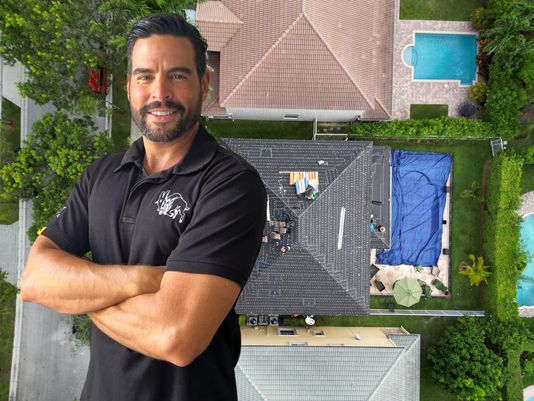Small Guide to Building Recertification in Miami-Dade and Broward: Requirements, Deadlines, and Practical Advice
- Jean P Van den Brande

- Feb 24
- 3 min read
The structural safety of our buildings is crucial for protecting lives and preserving property value. In South Florida, building recertification is a mandatory process that has evolved over the years to address environmental and safety challenges. In this guide, we detail the requirements and deadlines for recertification in Miami-Dade and Broward, highlight differences based on location and building type, and offer practical tips for property managers and HOA members.
Origins and Objectives of Recertification
The recertification program was established in 1975 following a tragic collapse that underscored the need for regular inspections of multi-use buildings. The primary goal is to evaluate the condition of a building, identify signs of deterioration in structural and electrical elements, and recommend repairs to ensure the building remains safe for occupancy.
Recertification in Miami-Dade
In Miami-Dade, regulations have been tightened and updated in response to critical incidents in the region. Currently, two main regimes apply:
Condominiums and Cooperatives in Coastal Areas:Buildings with three or more stories located within 3 miles of the coast must undergo their initial recertification at 25 years of age, and then every 10 years thereafter. This measure addresses the harsh marine environment and increased exposure to humidity and salt.
Other Buildings:For all other constructions, the initial milestone is set at 30 years, with follow-up inspections every 10 years. Additionally, transitional provisions exist for buildings constructed between 1983 and 1997 (in coastal areas) or between 1983 and 1992 (in other regions), allowing for a cycle reset to avoid duplicate inspections.
Buildings that have previously been recertified under the 40-year cycle retain the validity of earlier inspections but must undergo follow-up inspections every 10 years to ensure ongoing structural safety.

Recertification in Broward
Broward County follows similar guidelines based on state legislation, with some local nuances:
Buildings in Coastal and High-Risk Areas:In certain municipalities, recertification is required at 25 years for buildings such as condominiums or cooperatives in coastal zones.
Other Properties:Most buildings in Broward must be recertified at 30 years, with subsequent inspections every 10 years.
Although the underlying principles are similar to those in Miami-Dade, property managers in Broward should consult local authorities for any variations in deadlines or procedural requirements.
Deadlines and Notifications
In Miami-Dade, building owners receive advance notifications to facilitate the hiring of professionals and scheduling of inspections:
Initial Notification: Sent approximately two years before the recertification deadline.
Annual Reminder: A second notice is issued one year before the final deadline.
90-Day Notice: A formal notice is sent at the beginning of the year the recertification is due, marking the deadline for submitting reports and fees.
Broward County employs a similar system, but it is essential for property managers to review specific municipal communications.

Tips for Property Managers and HOA Members
Know Your Property: Review your building’s age, recertification history, and specific conditions to determine which cycle applies.
Keep Detailed Records: Maintain up-to-date records of past inspections, technical reports, and any repairs performed, as these documents are vital during the recertification process.
Hire Qualified Professionals: Only licensed engineers and architects in Florida are permitted to conduct inspections. Ensure you work with experts familiar with local regulations.
Plan Ahead: Schedule inspections and any necessary repairs well in advance to avoid fines and delays.
Communicate with Local Authorities: Establish regular contact with local building departments to stay informed about any regulatory changes or additional requirements.
Conclusion
Building recertification in Miami-Dade and Broward is a dynamic and essential process for ensuring the safety and longevity of properties. With milestones ranging from 25 to 30 years, depending on location and building type, it is imperative for property managers, HOA members, and owners to remain informed and proactive. Adhering to these requirements not only safeguards the structural integrity of the building but also enhances the safety and well-being of its occupants. Use this guide as a resource to effectively manage the recertification process and secure a safe future for your property.











Comments